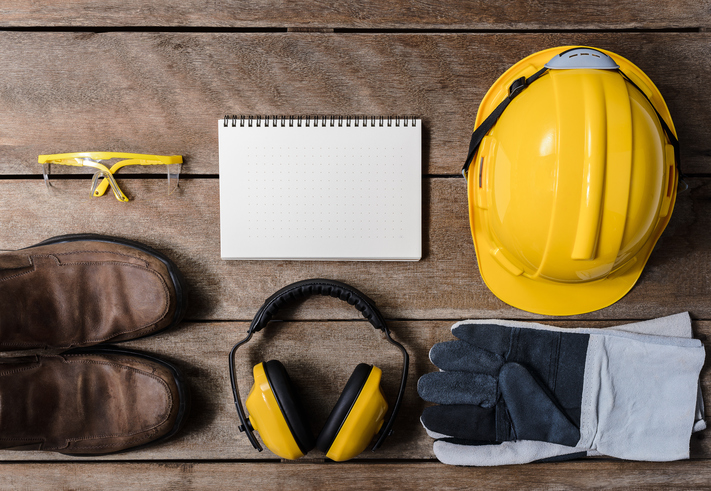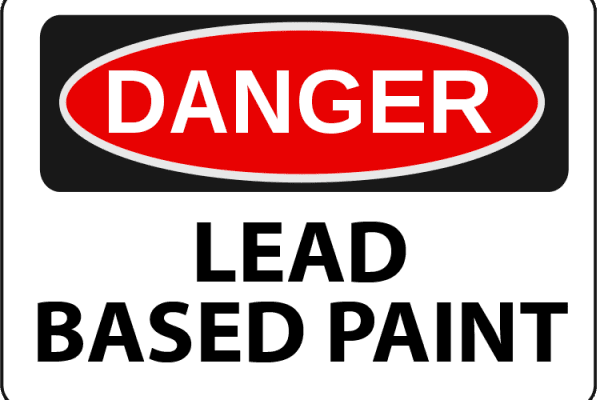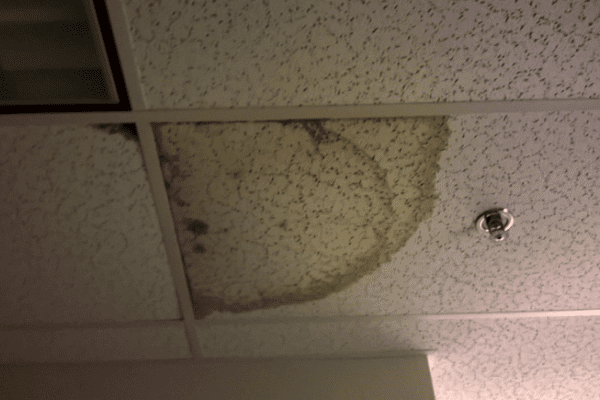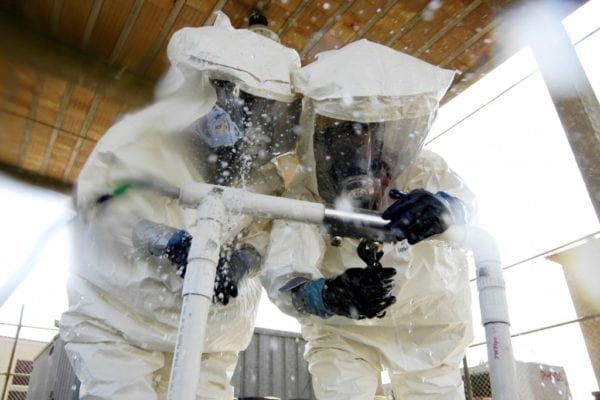When it comes to worker safety, few things are as important as proper personal protective equipment, or PPE. Gloves, ear plugs, goggles, hard hats, and respirators are all examples of PPE that can make the difference between an accident-free day and a worker’s comp claim. To understand just how big a difference it can make, consider these statistics from the Bureau of Labor Statistics:
- Only 16% of workers with a head injury were wearing hard hats
- Only 1% of workers with face injuries were wearing face protection
- Only 23% of workers with foot injuries were wearing safety shoes or boots
- Only 40% of workers with eye injuries were wearing eye protection
- Only 30% of workers with hand injuries were wearing hand protection
What is PPE?
OSHA defines Personal Protective Equipment (PPE) as:
Equipment is worn to minimize exposure to hazards that cause serious workplace injuries and illnesses. These injuries and illnesses may result from contact with chemical, radiological, physical, electrical, mechanical, or other workplace hazards. Personal protective equipment may include items such as gloves, safety glasses and shoes, ear plugs or muffs, hard hats, respirators, or coveralls, vests and full body suits.
In order to be effective, PPE must be properly designed, the correct equipment for the job and the environment, properly fitted to the worker, and properly worn.
Common PPE Mistakes
The most common mistake workers make in regard to PPE is simply not wearing it. This can happen for a variety of reasons:
- The worker doesn’t understand the importance of the PPE
- They find it uncomfortable
- They have not been properly trained in its use
- They have not been provided with adequate PPE
- The use of PPE is not enforced
Other mistakes workers and employers make in regard to PPE include:
- Wearing the wrong PPE. For instance, using a respirator with an improper filter for the specific contaminants, or a pair of gloves intended for a different use.
- Wearing improperly fitted PPE. For instance, respirators that don’t make a tight seal around the face, gloves that are too large to provide proper range of movement, and hard hats that are too large or too small.
- Wearing PPE that has outlived its useful life. For instance, old equipment with holes, excessive wear, lack of pliability, or that is no longer the industry standard.
How to Ensure Your Workers are Protected
Employers are required by OSHA to provide appropriate PPE to any workers exposed to physical, chemical, energy, noise, or other hazards on the work site, and to ensure the proper use of the PPE.
To protect your workers and meet OSHA requirements, it’s important to start with an industrial hygiene assessment. An experienced firm can evaluate your site to identify any potential hazards, and then design a mitigation plan, which will include efforts to reduce the hazards, and efforts to mitigate the effects of any remaining hazards through the use of PPE.
If PPE is required, you are responsible for implementing and maintaining a PPE program. The program should address:
- What hazards are present
- The selection, maintenance, and use of PPE
- The training of employees
- And monitoring the program to ensure its continuing effectiveness
As part of that program, you must ensure that all PPE is:
- Safely designed and constructed
- Maintained in a clean and reliable fashion
- Fits the intended workers comfortably
- Provided at no charge to the employee
And also that your workers are trained in:
- When PPE is necessary
- What kind is necessary
- How to properly put it on, adjust, wear, and take it off
- The limitations of the equipment
- Proper care, maintenance, useful life, and disposal of the equipment
Taking these measures is good for your workers, and it’s also good for your business. Workplace injuries cost U.S. businesses $250 billion annually. We would love to help you assess your workplace for potential hazards, so you can be sure your workers are protected.
Our on-staff, certified industrial hygienists bring more than 78 years experience to the industry, with broad expertise across industries and workplace types. Contact us today to discuss your worker protection needs.






